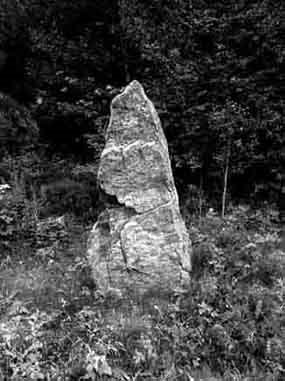Summary
We have looked at a lot of buildings here over the last nine months. I tried to provide a sense of the breadth of my research. The effort was well worth it. I was able to complete a first draft of the thesis and am well on my way to becoming an architect. I want to thank the Valle Scholarship people for the generosity in the providing the funds for the trip. With out them none of this would have been possible.
I presented various portions of the research I was doing while in Norway. The final part of the thesis is involved in a comparison of the fehn buildings with the vernacular architecture. I attempted to find an underling similarity in approach rather then a surface manifestation of form or detail. I identified five aspects of the vernacular that I felt were present in the buildings of Fehn. These were: an understanding of environment in which the building is situated, a relationship to the culture in which the architecture will function, a human scale to the spaces, a harmony between the part of a building and the whole, and finally an understanding of the nature of the material used to build.
I felt that Fehn exhibited a similar understanding of each of these aspects of the built environment to that of the vernacular craftsmen. That is not to say that Fehn is solely occupied with the vernacular, indeed he is firmly rooted in modern thought of construction. However, the vernacular has influenced his work, it has given his work flavor and situated it in its environment and culture.
As a formative exercise the investigation has been invaluable. I believe that the vernacular has a lot to tell us about the way in which we dwell in this world. And I believe we can dwell in a better way and that architecture can help us do that.

